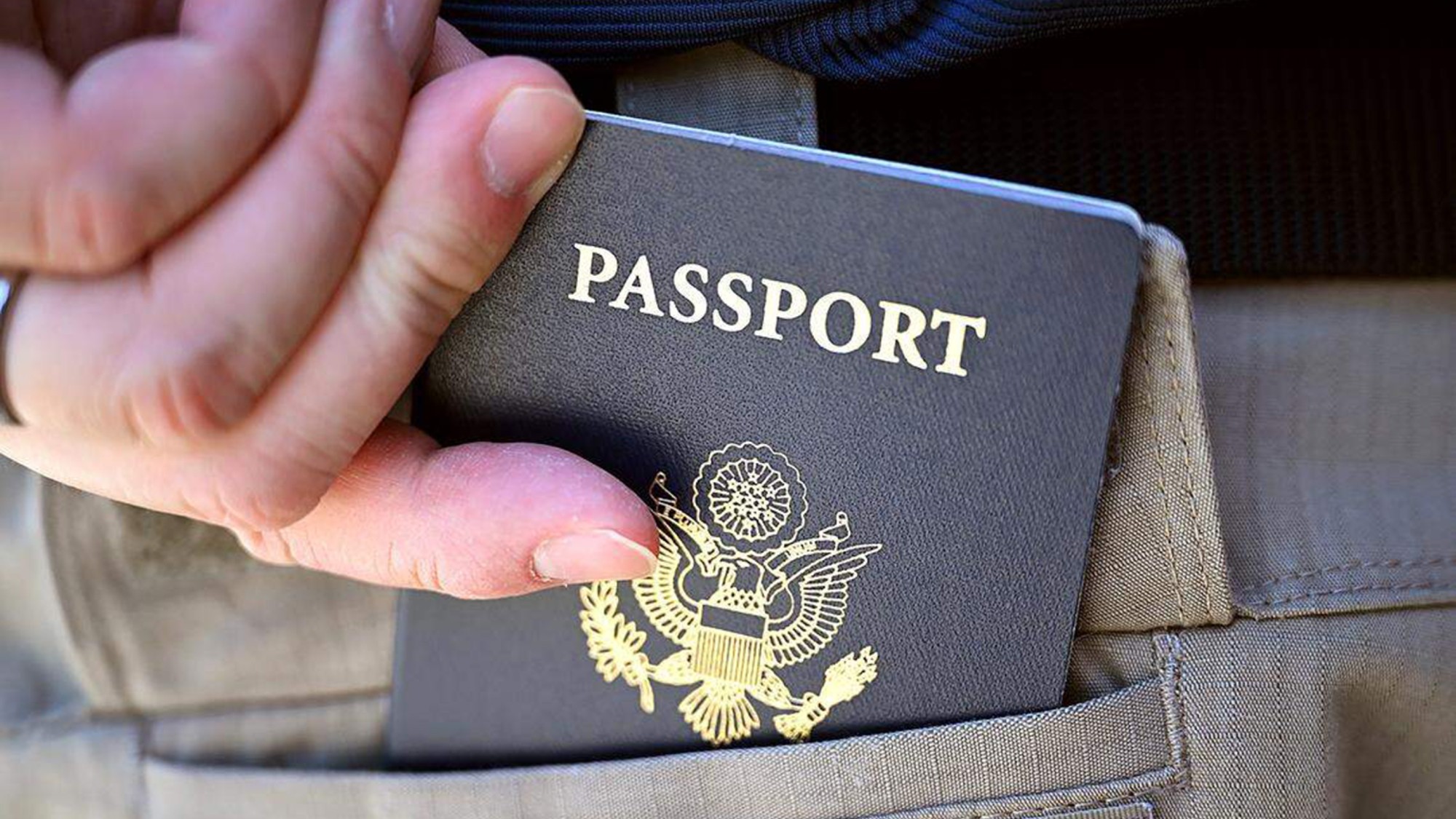Health & Science
Coffee could head off strokes; For human DNA, less is more; Surviving without fire; How to zap orbiting debris
Coffee could head off strokes
Enjoying a second cup of coffee in the morning could lower your risk of stroke, a new study has found. Researchers at Sweden’s Karolinska Institute tracked nearly 35,000 women, ages 49 to 83, over 10 years and discovered that those who drank more than one cup of coffee per day were 22 to 25 percent less likely to suffer a stroke than those who drank less. “Coffee drinkers should rejoice,” Sharonne N. Hayes, a cardiologist at the Mayo Clinic, tells the Associated Press. “If you are drinking coffee now, you may be doing some good, and you are likely not doing harm.” The study isn’t the first to attribute a significant health benefit to coffee. Other reports have shown it may help prevent mental decline, improve heart health, and reduce the risk of liver cancer. Study author Susanna Larsson suggests the antioxidants in coffee might reduce the kinds of inflammation and cell damage that can lead to stroke, but other experts caution that no cause-and-effect link has yet been established. Coffee is one of the most popular beverages in the world, Larsson notes, so even if it turns out to have only “small health effects,” they could have “large public-health consequences.”
For human DNA, less is more
The Week
Escape your echo chamber. Get the facts behind the news, plus analysis from multiple perspectives.

Sign up for The Week's Free Newsletters
From our morning news briefing to a weekly Good News Newsletter, get the best of The Week delivered directly to your inbox.
From our morning news briefing to a weekly Good News Newsletter, get the best of The Week delivered directly to your inbox.
We tend to think of our species as genetically superior to our closest relative, the chimpanzee, with whom we share 96 percent of our DNA. So when Stanford University scientists compared our complete genome with theirs, they expected to find extra genes that make us unique. Instead, they discovered more than 500 DNA sequences that are “surprisingly missing” in humans, study author David Kingsley tells ScienceDaily.com. So what did we lose that chimps and other animals still have? One missing DNA sequence likely allowed our brains to grow bigger by turning off a gene that keeps that organ’s growth in check. The lack of another sequence appears to prevent men from growing penile spines, which in chimps and other species are designed to maximize sensitivity and speed the delivery of sperm. Losing them may have allowed our ancestors to prolong the sex act, helping make intercourse more intimate and giving rise to monogamy. The discovery that missing sequences could be as vital to our makeup as present ones opens a new realm of inquiry. Scientists are already analyzing whether missing DNA explains why humans are more susceptible than other animals to certain diseases, such as cancer, HIV, and Alzheimer’s. “This research,” says University of Wisconsin evolutionary biologist Sean B. Carroll, “is going to be a hot trail to follow.”
Surviving without fire
When early hominids left Africa and migrated north to the cold climes of Europe about a million years ago, they had long since mastered fire. At least that has been the consensus view of anthropologists. But now researchers have concluded, after analyzing data from 141 archaeological sites in Europe, that our ancestors didn’t know how to start and stoke a fire until 400,000 years ago—suggesting that they survived roughly 600,000 years in bitter cold. “It means that the early hominids were very adaptable,” study co-author Paola Villa of the University of Colorado tells The New York Times. “Try to go to England now without warm clothes.” The study throws into question several established theories, among them Harvard anthropologist Richard Wrangham’s contention that humans learned to control fire nearly 2 million years ago, and that being able to cook allowed them to spend less energy on digestion and more on evolving a bigger brain and body. Wrangham says the new research “demands some serious thinking” about how early man could have gotten enough nourishment without the aid of flames. “Either way,” he says, “we have a lovely puzzle.”
How to zap orbiting debris
A free daily email with the biggest news stories of the day – and the best features from TheWeek.com
Houston has a problem: space junk. But it may also have a space-age laser solution. The roughly 20,000 pieces of defunct spacecraft orbiting Earth have started to collide, creating more debris and endangering satellites, shuttles, and astronauts. Two years ago, a single crash resulted in 1,700 projectiles, some of which nearly hit the International Space Station. Experts warn that as such collisions breed more collisions, a belt of trash will eventually surround the planet—a scenario called the Kessler effect—and make it impossible to safely put objects into orbit. “There’s not a lot of argument that this is going to screw us if we don’t do something,” NASA engineer Creon Levit tells Wired. A NASA team has now proposed medium-powered lasers as a solution. Shone through a telescope, a laser’s light could exert enough momentum over several hours to push one piece of space junk off a collision course with another. The rays would be too weak for use as a weapon—a fear that has derailed previous suggestions to zap debris with military-grade beams. The team calculates that operating just one such laser could reduce debris collisions by half.
-
 US citizens are carrying passports amid ICE fears
US citizens are carrying passports amid ICE fearsThe Explainer ‘You do what you have to do to avoid problems,’ one person told The Guardian
-
 All roads to Ukraine-Russia peace run through Donetsk
All roads to Ukraine-Russia peace run through DonetskIN THE SPOTLIGHT Volodymyr Zelenskyy is floating a major concession on one of the thorniest issues in the complex negotiations between Ukraine and Russia
-
 Why is Trump killing off clean energy?
Why is Trump killing off clean energy?Today's Big Question The president halts offshore wind farm construction